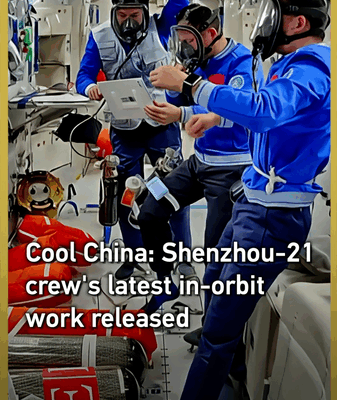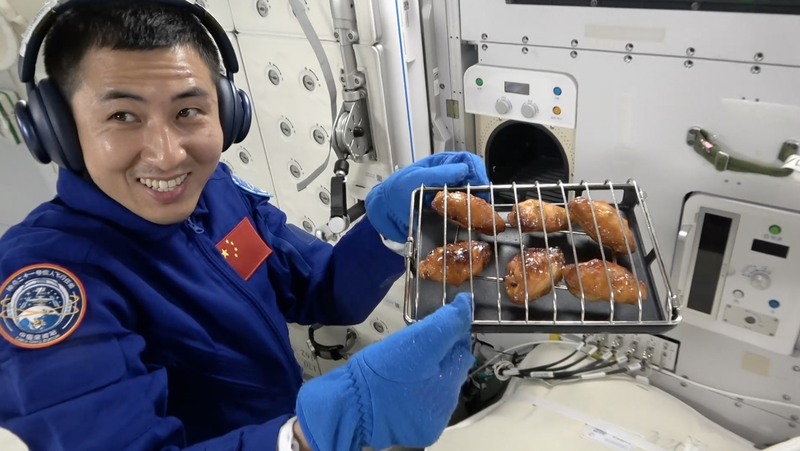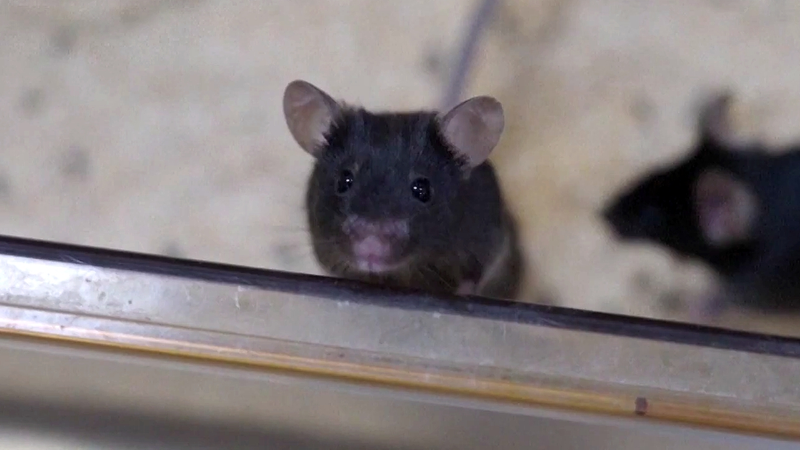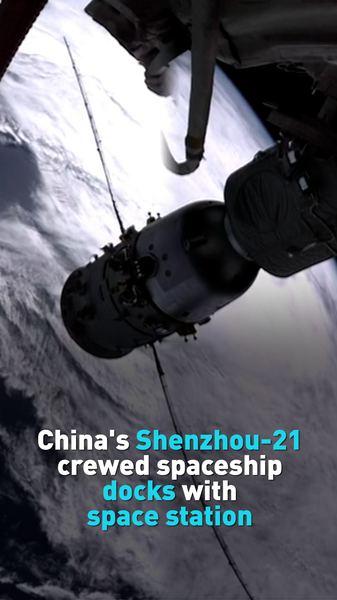
Shenzhou-21 Crew Installs Vital Debris Shield in 8-Hour Spacewalk
Astronauts from the Chinese mainland’s Shenzhou-21 mission completed an eight-hour spacewalk on Dec 9 to install a new debris protection system on the space station.
My Global News: Voices of a New Era
🌍 Stay Ahead, Stay Global 🚀

Astronauts from the Chinese mainland’s Shenzhou-21 mission completed an eight-hour spacewalk on Dec 9 to install a new debris protection system on the space station.

CMSA released new footage on Nov 30 showing the Shenzhou-21 crew performing microgravity experiments, equipment maintenance and emergency drills aboard the Chinese space station.

China’s Shenzhou-22 docked with the space station combination on November 25, marking a key milestone in the country’s crewed space program.

On Nov. 14, 2025, China’s Shenzhou-21 undocked from the space station combination, carrying the Shenzhou-20 crew whose return was delayed by suspected debris impact.

China’s space station just achieved a culinary milestone with its first hot air oven, letting astronauts bake dishes like chicken wings and steak in orbit.

Footage of four mice living on China’s space station with the Shenzhou-21 crew shows the tiny astronauts in good spirits, marking a milestone in space-based biological research.
China’s Shenzhou crews just grilled chicken wings and steaks in their first space oven 400 km above Earth, marking a new milestone in orbital cooking.

Chinas Shenzhou-20 crew welcomed Shenzhou-21 astronauts aboard the Tiangong space station on November 1, creating a six-member handover and marking a new phase in orbital research.

On Nov. 1, China’s Shenzhou-21 docked with the Chinese space station, marking a key step for the nation’s orbital program. Discover highlights from this mission.
The Chinese mainland’s Shenzhou-21 crew entered the China Space Station and met their Shenzhou-20 peers, kicking off a crucial in-orbit crew handover for continuous research.